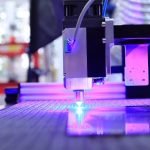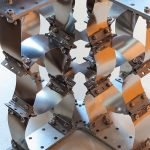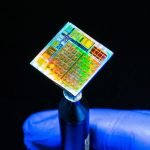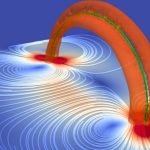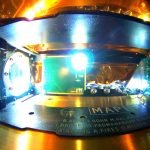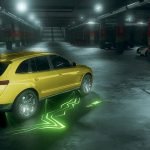Sponges teach robots how to handle fragile objects
Scientists at the University of Bristol have discovered an impressive way to make robotic arms gentler – all thanks to the humble sponge!
How to deal with solar panels at the end of their useful life
An alarming issue looms over the industry: about 90% of solar panels may end up in landfills once they reach the end of their lifespan.
New 3D printing technique could revolutionize industry
Scientists have made an incredible breakthrough in 3D printing that has the potential to revolutionize the manufacturing industry.
New super material: It’s light, stiff, and loves to absorb shocks!”
A team of researchers from the UvA Institute of Physics has now found a way to design materials that manage to do both of these things.
Scientists develop the world’s first 2D material-based microchip
Picture a pencil and how you can draw with it.
Now imagine that you can take a layer of graphite, the stuff that makes the...
Scientists solve 40-year-old riddle about quantum vortex
Helium-4, when super-chilled to temperatures close to absolute zero (-273°C), becomes what we call a 'superfluid.' It's pretty much like the superhero of liquids, possessing unique and exciting features, including a swirling feature called a 'quantized vortex.'
Scientists create breakthrough sensors that mimic human touch
Advancements in technology have paved the way for exciting human-machine interactions, with touch sensors playing a vital role.
Researchers from Penn State and Hebei University...
Space solar power: How new tech from Caltech is lighting up the future
Caltech, a prestigious science and engineering institute, has made a breakthrough in space solar power technology.
Scientists create magic smart ring for health care and extended reality
Researchers at Penn State School of Electrical Engineering and Computer Science have developed an innovative smart ring called OmniRing.
Holography: a new way for cars and people to communicate
As autonomous cars become more prevalent on our streets, a crucial challenge arises: How will these vehicles communicate with pedestrians and cyclists?




